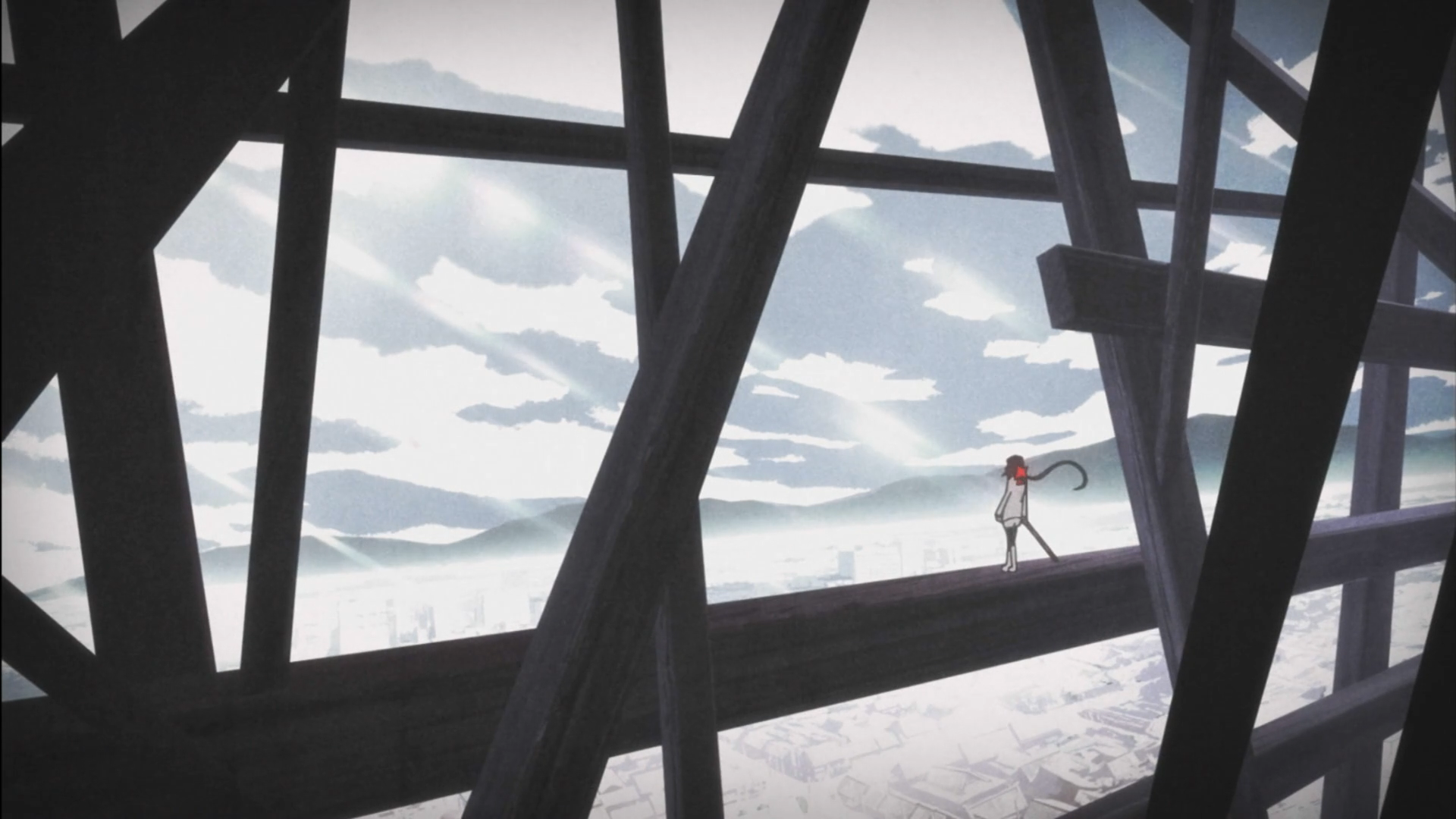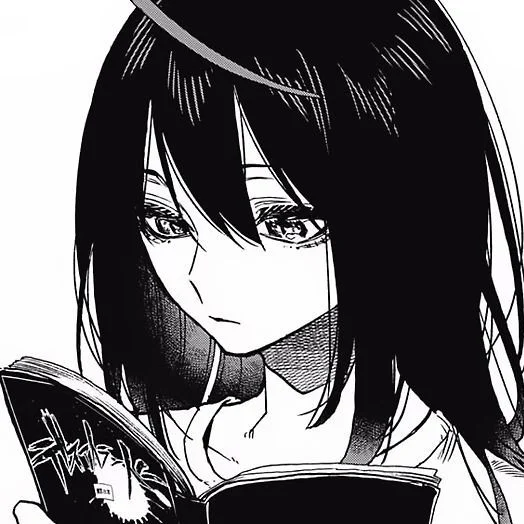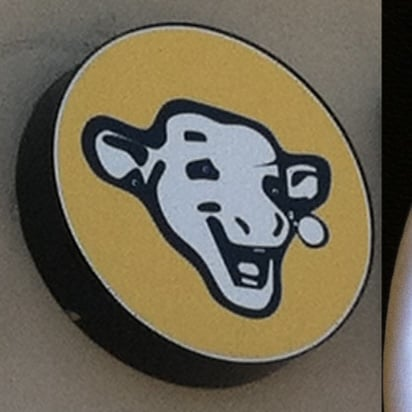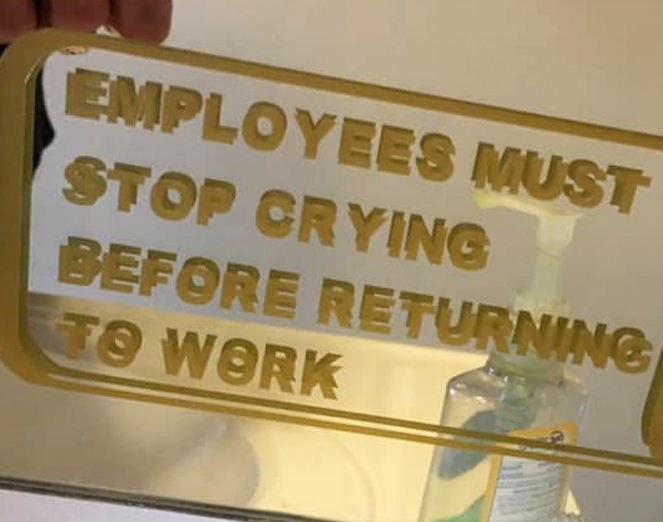

Chinese and Japanese would have so many. My favorite is probably 緑 which means green. I also like the simplified Chinese horse: 马. Special shoutout to 凸 meaning convex, 凹 meaning concave, and 凸凹 meaning bumpy (not sure if this is true in Chinese). There’s thousands to choose from so of course there are a lot of other handsome one-character words, but those are the first few I thought of.














The fact that people so often use the past tense instead of the past participle is perhaps evidence that it doesn’t really matter, descriptively?